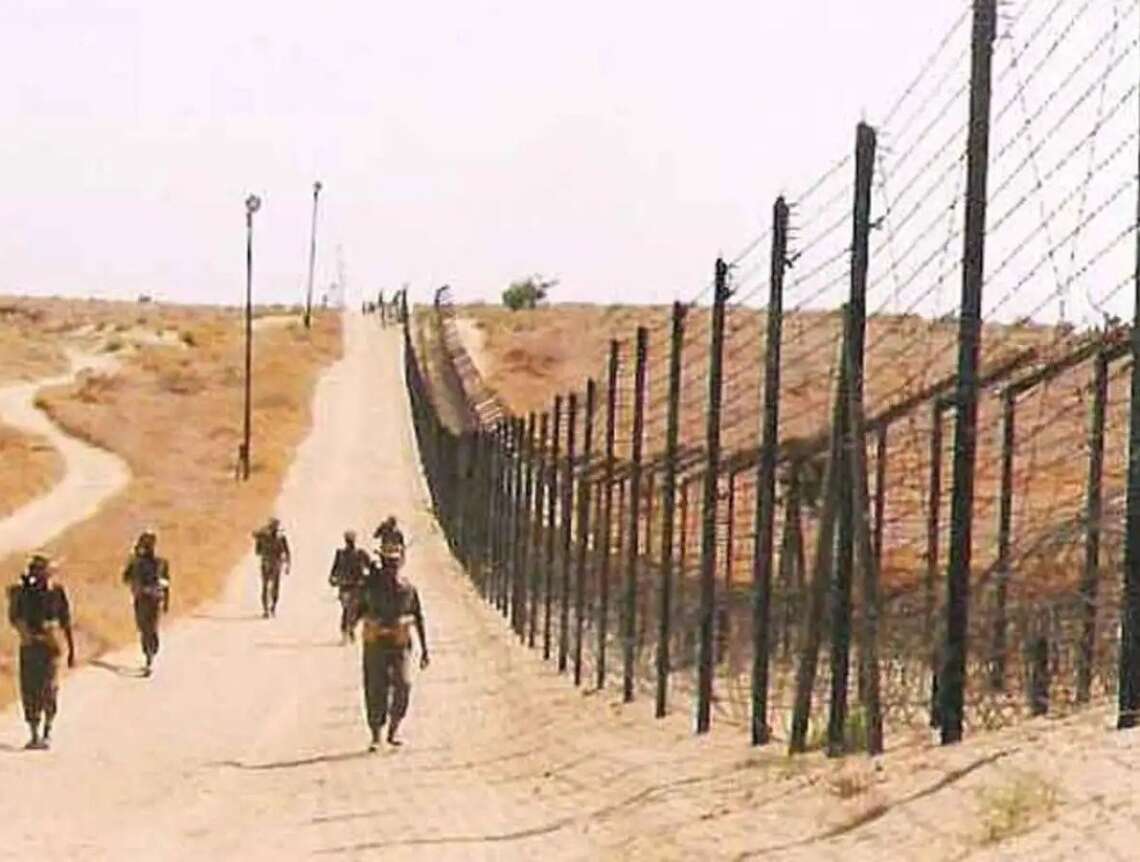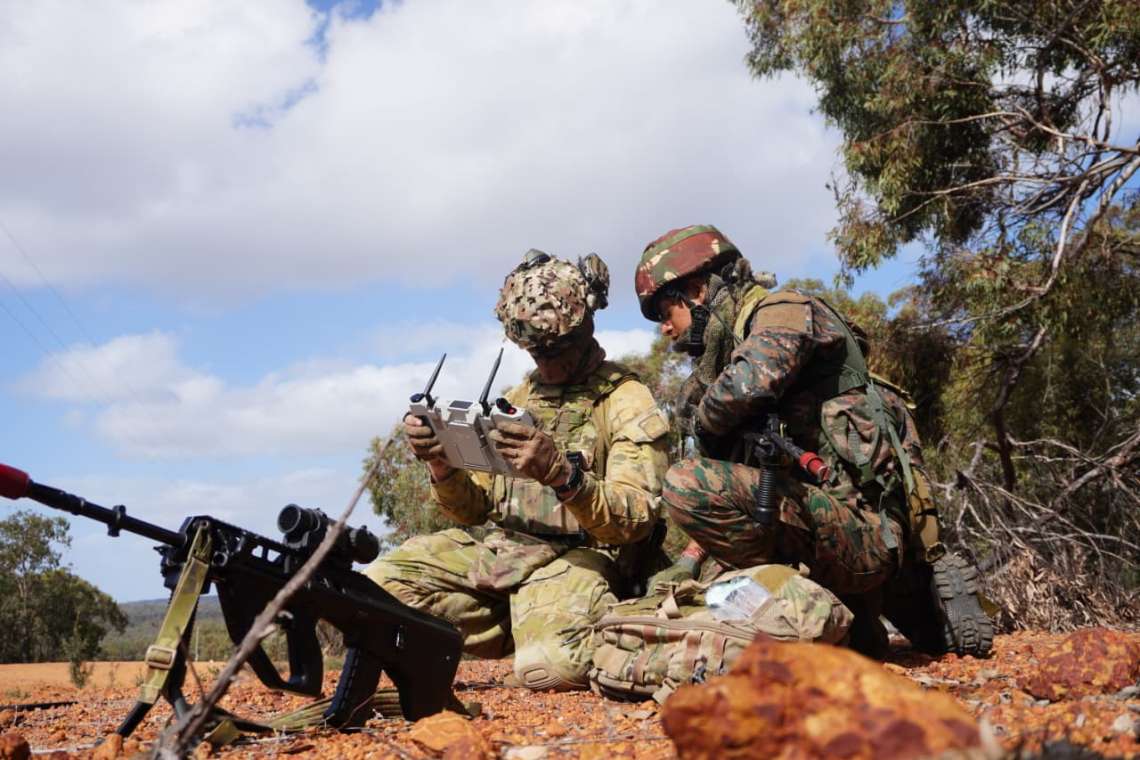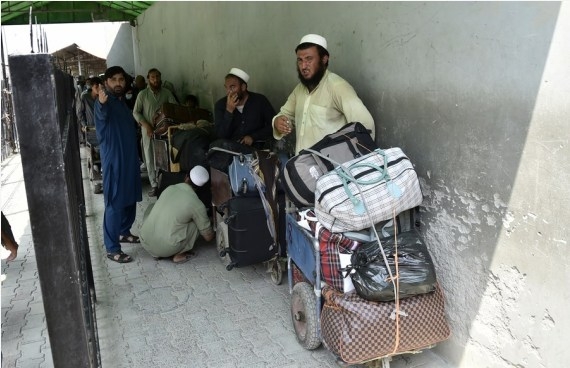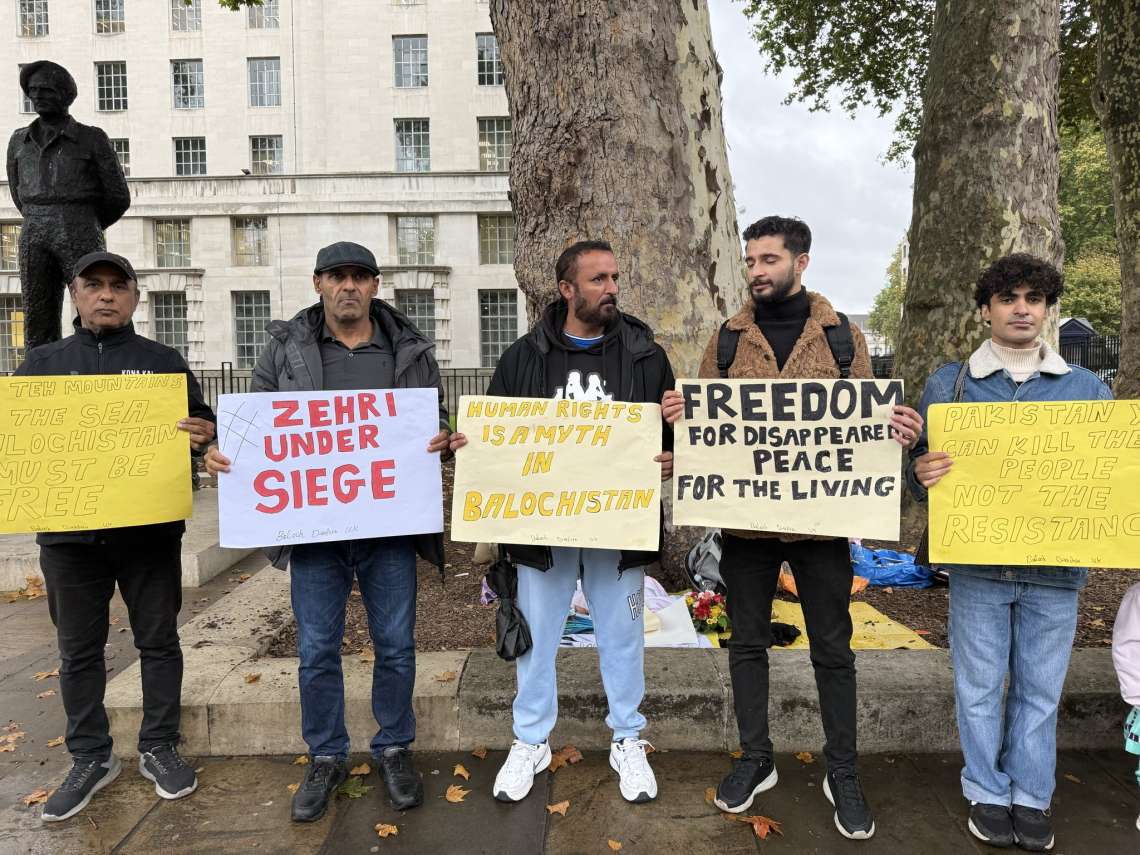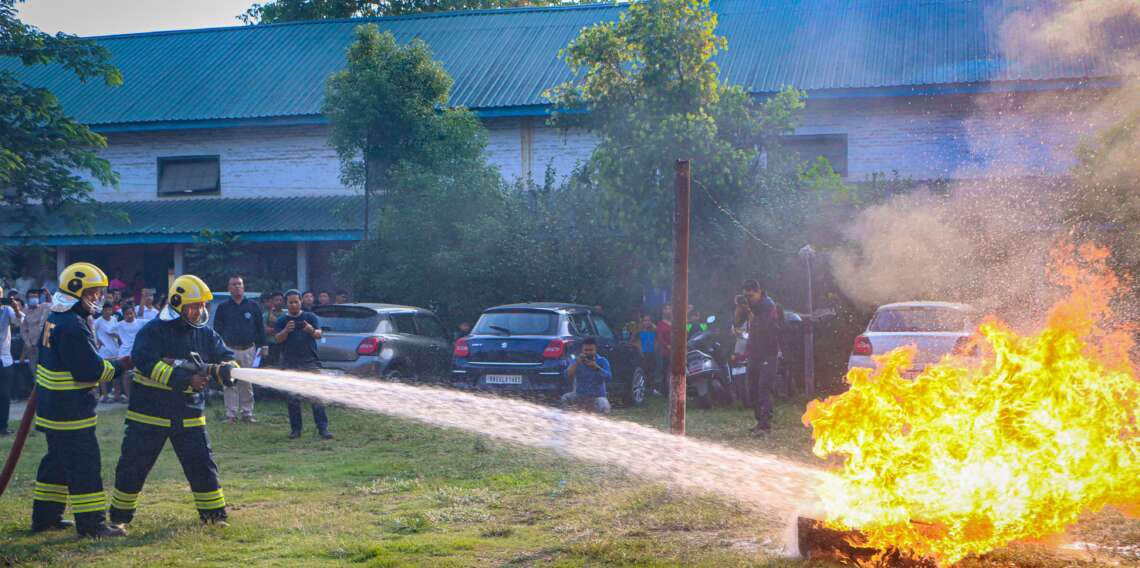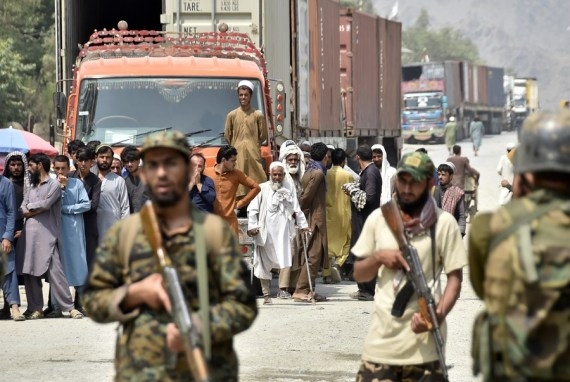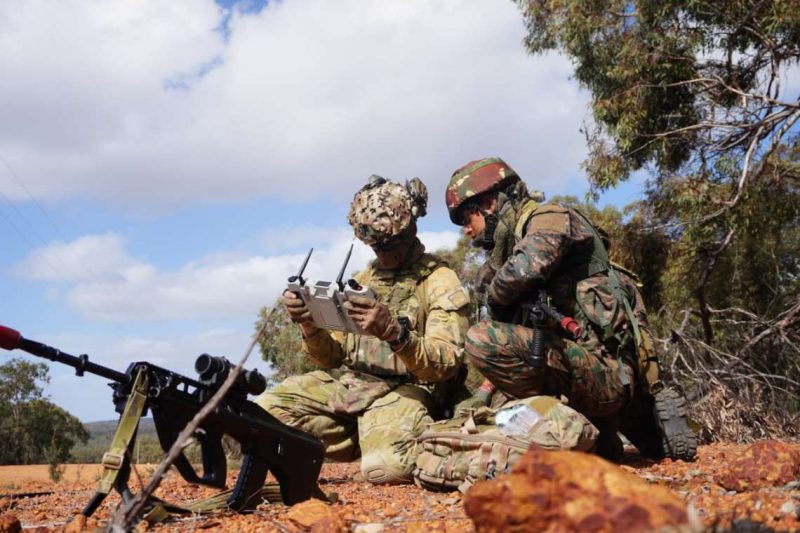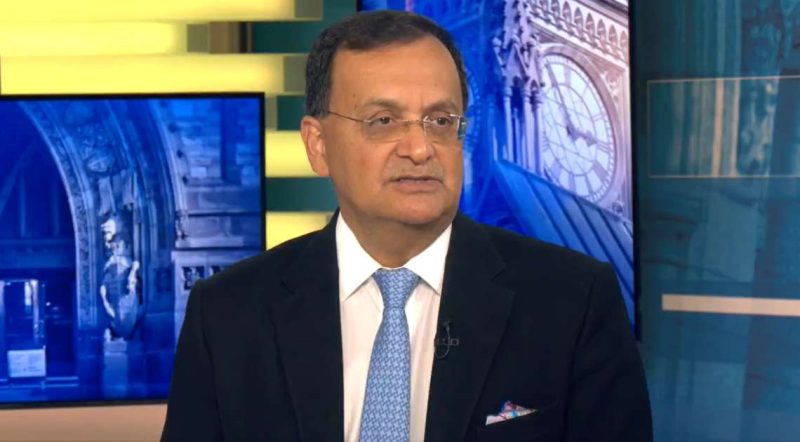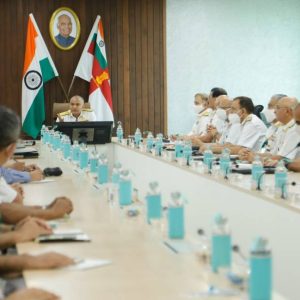By extending its strike capabilities deep into Pakistan’s heartland, India has redrawn the contours of conventional deterrence in the subcontinent. This could embolden future Indian responses to cross-border terror attacks, but it also raises the stakes for escalation.
India’s military strikes inside Pakistan’s undisputed territory early Wednesday mark a significant escalation in its counterterrorism posture — and a bold strategic shift with far-reaching implications. Codenamed Operation Sindoor, the coordinated assault by India’s Army, Navy, and Air Force represents the deepest cross-border attack since the Indo-Pakistani War of 1971, according to a CNN report, and has drawn renewed global attention to the fragile South Asian security equation.
The strikes were launched in response to the April 22 terror attack in Pahalgam, Jammu and Kashmir, which killed 26 civilians, including several tourists. In a synchronised early morning operation between 1:05 am and 1:30 am, Indian forces targeted nine high-value terror installations — four deep inside Pakistan and five in Pakistan-occupied Jammu and Kashmir (PoJK). The Pakistani targets included Bahawalpur, Muridke, and Sialkot — all locations long known to Indian intelligence for housing the infrastructure of Jaish-e-Mohammed (JeM) and Lashkar-e-Taiba (LeT).
This time, India did not limit its strikes to PoJK. By extending the operation into Pakistan’s Punjab province, including Ahmadpur East and Muridke, New Delhi sent a deliberate signal: the old thresholds no longer apply.

A Measured Shift in Doctrine
India has previously acted militarily across the Line of Control — most notably in the 2016 surgical strikes and the 2019 Balakot airstrike. But both those incidents were restricted to the disputed Jammu and Kashmir region. Operation Sindoor breaks new ground, challenging Islamabad’s assumption that India would not escalate beyond those boundaries.
“The difference this time,” said a former Indian Army general who requested anonymity, “is not just the scale of the operation, but its geography. India has crossed a red line it had respected for decades.”
Indeed, this move suggests a quiet doctrinal shift — from strategic restraint to calibrated pre-emptive action. The use of Kamikaze drones and precision-guided munitions also underscores India’s growing reliance on surgical capabilities to dismantle terror infrastructure without risking collateral civilian damage.
Intelligence-Driven Targeting
What lends Operation Sindoor further credibility is the detailed targeting and the nature of the installations destroyed. Satellite imagery released by Maxar Technologies and accessed by Reuters confirms visible damage to terror compounds in Bahawalpur and Muridke.
In Bahawalpur, Indian munitions struck the Markaz Subhan Allah, a vast complex described by Indian military officials as the operational headquarters of JeM. According to Colonel Sofiya Qureshi of the Indian Army, “It was 100 km inside Pakistan and served as the primary indoctrination and training hub for JeM operatives. The facility housed senior leadership, including Maulana Masood Azhar and his family.”
Before-and-after satellite images reveal extensive structural damage: collapsed rooftops, a gaping hole in the mosque dome, and debris-strewn courtyards. The facility has been linked to several high-profile terror attacks, including the Pulwama bombing of 2019 and attempted strikes on Indian air bases.
In Muridke, the LeT’s Markaz Taiba compound — often referred to as the terror group’s “alma mater” — also sustained visible damage. Colonel Qureshi noted that this was where Ajmal Kasab, the lone surviving terrorist from the 2008 Mumbai attacks, and David Headley were trained. The compound included facilities for arms training, radicalisation, and dawa’h. Osama bin Laden reportedly contributed funds for a mosque and guest house within the premises.
“These aren’t speculative targets. They were selected based on months of intelligence gathering, satellite tracking, and human verification,” said an Indian defence analyst in Delhi. “The Indian objective was not symbolic—it was decapitation of leadership nodes.”

Strategic Timing and Political Messaging
That the strikes occurred just five days before the planned India-Nordic Summit in Oslo — a trip now postponed by Prime Minister Narendra Modi — underlines the gravity of the security crisis. Modi, sources confirmed to ANI, monitored the operation in real time from Delhi, further reinforcing the operation’s political weight.
This timing also coincides with heightened diplomatic movement in the region. Iranian Foreign Minister Seyed Abbas Araghchi arrived in New Delhi the same day to co-chair the 20th India-Iran Joint Commission Meeting. Iran, which maintains ties with both India and Pakistan, had earlier condemned the Pahalgam attack and expressed concern over escalating tensions.
Islamabad’s public reaction has so far been restrained — a likely indication of the tactical surprise and the potential diplomatic fallout. It has, however, acknowledged Indian strikes in its Punjab province — an admission that may limit its options for retaliation without inviting international scrutiny.
A New Precedent?
The precedent set by Operation Sindoor is not merely tactical — it is political, strategic, and psychological. By extending its strike capabilities deep into Pakistan’s heartland, India has redrawn the contours of conventional deterrence in the subcontinent. This could embolden future Indian responses to cross-border terror attacks, but it also raises the stakes for escalation.
“This is not just a military strike,” said strategic analyst Meera Jaitley. “It’s a calibrated risk — one that puts the onus squarely on Pakistan to reassess its patronage of cross-border terror groups.”
Whether Pakistan responds with counter-escalation or opts for diplomatic de-escalation remains to be seen. But one thing is clear: the rules of engagement between the two nuclear-armed neighbours are no longer what they were.


